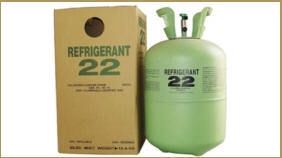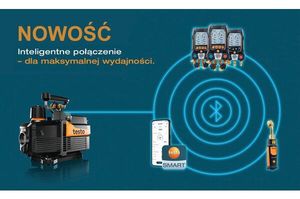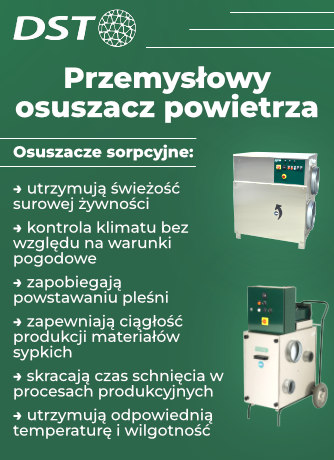Eliminacja R22 - korzyści i zagrożenia
Zakaz używania czynnika R22 to nie tylko zalety, ale także zagrożenia, których ustawodawcy i producenci powinni być świadomi. Z jednej strony będzie prowadzić do wzrostu zainteresowania amoniakiem i innymi naturalnymi czynnikami chłodniczymi; z drugiej strony może prowadzić do nielegalnego handlu czynnikami HCFC.
Pełna treść artykułu z www.ammonia21.com
R22 phase out - benefits and risks
The future ban on R22 not only has merits but also threats of which legislators and refrigerant producers should be aware. On the one hand it will lead to an increasing interest in ammonia and other natural refrigerants, but on the other hand it could lead to illegal trade in virgin HCFCs, warns the Environmental Investigation Agency.

The advantages of ammonia over HFCs or HCFCs have been proved once again, this time by Jens K. Larsen, R&D Manager at Johnson Controls Denmark. The latest edition of the JARN magazine explains Larsen’s analysis method of using the total equivalent warming impact (TEWI) index when comparing the global warming effects of alternative cooling systems. TEWI is defined as the sum of the direct emissions through refrigerant leakage and the indirect emissions caused by the energy use, hence taking into account the contributions from the refrigerant, cooling efficiency, and weight.
On this basis, ammonia refrigerant is the most effective, in direct comparison with chillers using either R22, R410A or 134a (600kW, condenser at 30/35°C and1,500 operating hours per year), as the natural refrigerant gives the best performance. Hence, the prospects for ammonia chillers look positive and many manufacturers are preparing for the R22 phase-out by focussing more on the development and production of ammonia components and systems.
Illegally traded HCFCs from R22 phase-out?
Despite these positive prospects, Fionnuala Walravens from the Environmental Investitigation Agency (EIA) in the UK warns in the latest edition of the rac magazine that her organisation is concerned that unprepared businesses and loopholes in the current legislation might cause the risk of illegal trade in virgin HCFCs.
To underline the potential danger she refers to the phase-out of CFC in 1995 where smugglers used a loophole in legislation to trade with CFC initially in the U.S. and later in Europe too. The Montreal protocol allows free trade in recycled CFCs which was then misused with falsely labelling virgin R22 as used material and fake shipping documents. She finally argues that the illegal trade could be widely minimised by implementing a total “sales and use” ban on CFCs.
As a concluding remark Walravens points out that the first cases of HCFC smuggeling have already appeared in the U.S. and that it will be of high importance to involve the industry as well in tackling the future threat.










